The Wonderful World of Common Garden Spiders
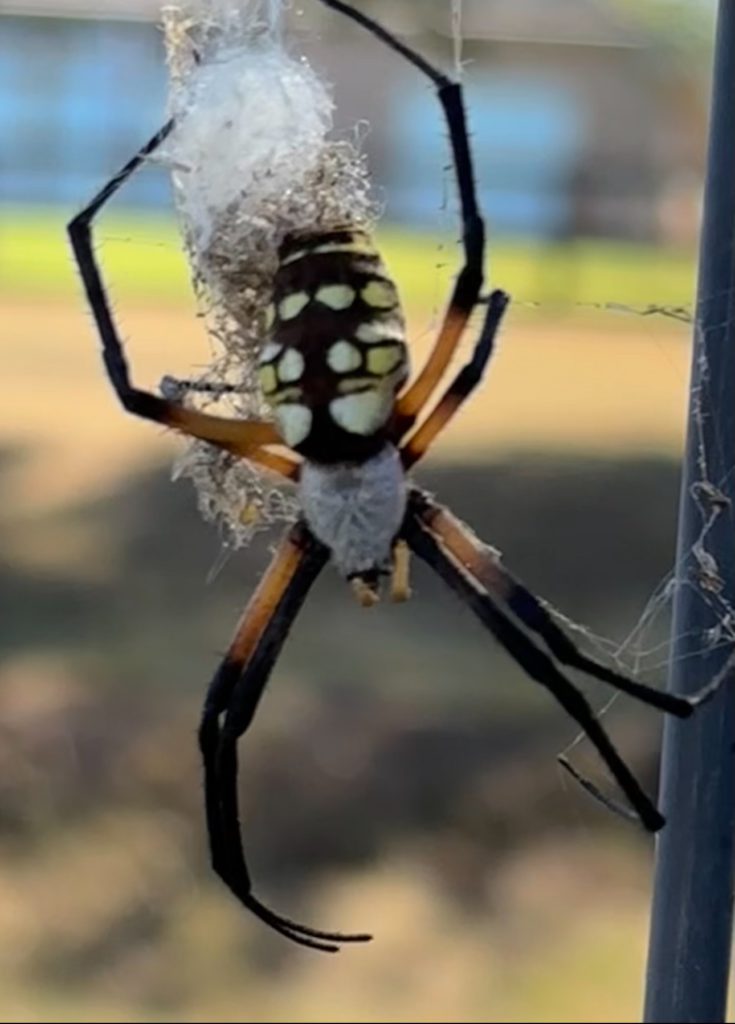
I have a love-hate relationship with common garden spiders. On one hand, they can be a little spooky when you see one hanging out on your porch or hiding in a corner. On the other hand, they’re absolutely fascinating and incredibly helpful if you’re into gardening.
Let’s talk about garden spiders, the unsung heroes of your backyard, and how these eight-legged critters can actually be your garden’s best friends.
The First Time I Met a Common Garden Spider
I remember the first time I encountered a garden spider up close at my new house. I was knee-deep in weeding one summer morning, and as I reached down to grab a particularly stubborn dandelion, I saw it—a large, orb-weaving spider right in the middle of its intricate web, catching the early morning sun.
At first, I was startled (who wouldn’t be?), but then I just sat there and watched it for a few minutes. There was something almost hypnotic about the way it moved. I realized it wasn’t there to bother me, it was there to do a job. That spider was busy taking care of garden pests, and I knew that having garden spiders around was actually a blessing in disguise.
Why Garden Spiders Are Good for Your Garden
Spiders can make people a little squeamish, but the truth is, they’re incredibly beneficial to your garden. Garden spiders, particularly orb-weavers (those that spin the classic, circular webs), are natural pest control agents. They feast on insects like aphids, flies, moths, and other small bugs that can wreak havoc on your plants. This means you can spend less time worrying about chemical pesticides and more time enjoying your healthy, vibrant garden.
In fact, after I realized how helpful these spiders were, I began to view them as part of my gardening team. They keep the ecosystem in balance by managing insect populations, and their webs are truly nature’s fly traps. Every time I see a garden spider, I remind myself that it’s there to help, and that small mental shift has made all the difference.
Identifying Common Garden Spiders in Your Backyard
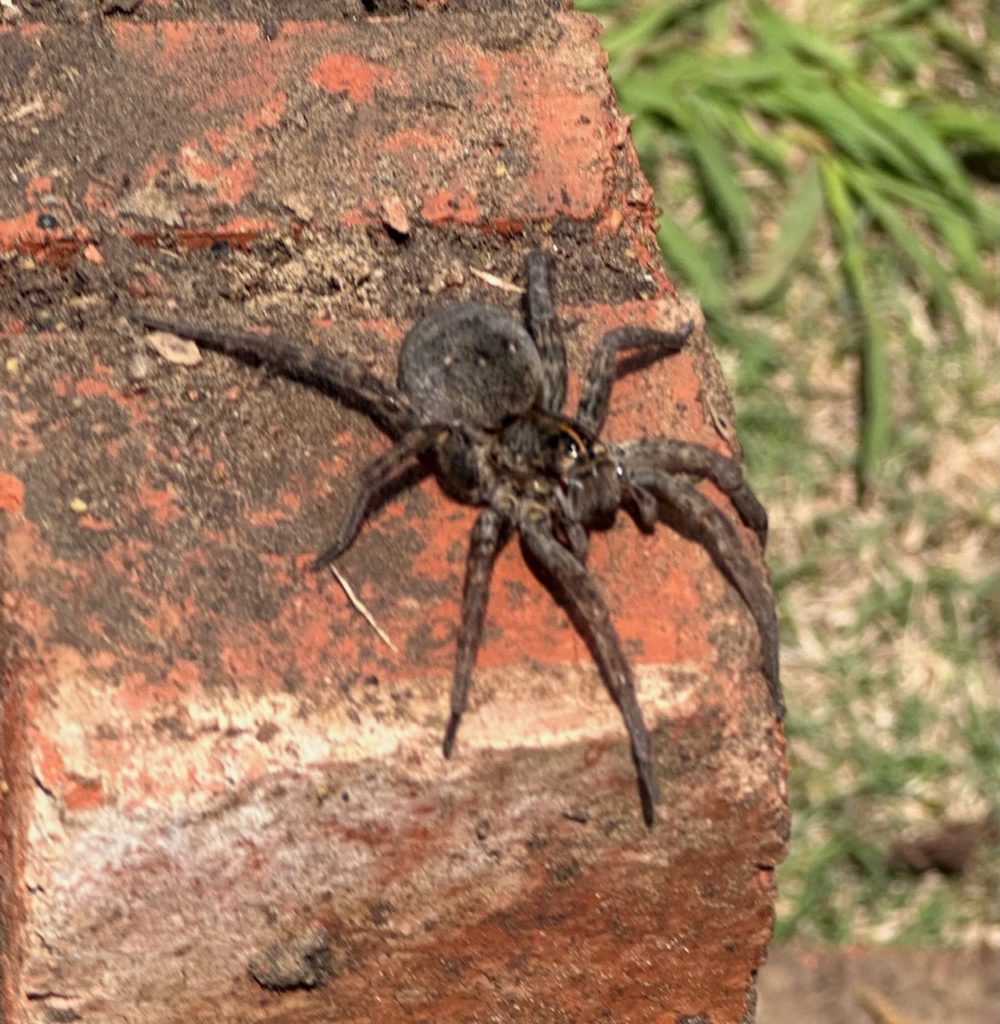
If you’re wondering whether the spiders in your garden are the good kind, let me give you a quick guide to identifying some of the most common types of garden spiders:
- Orb-Weaving Spiders: These are the ones you’ll most often find in gardens. They spin large, circular webs and come in a variety of colors, often with distinctive markings on their abdomens. The most well-known orb-weaver is the yellow garden spider (Argiope aurantia). It’s hard to miss with its black and yellow striped body and the big zigzag pattern in the middle of its web.
- Wolf Spiders: Unlike orb-weavers, wolf spiders don’t spin webs to catch their prey. They’re ground-dwellers that actively hunt insects, and you might find them scurrying along the soil or under mulch. While they can look a bit intimidating due to their size and hairy bodies, they’re harmless to humans and great at keeping pest populations in check.
- Jumping Spiders: These little guys are some of the cutest spiders you’ll encounter in your garden (yes, I said cute!). They have compact bodies, large eyes, and they can jump several times their body length to catch prey. They’re not aggressive, and they’re great at catching small pests like gnats and aphids.
Once I got more comfortable identifying the different types of spiders in my garden, I found myself less worried about encountering them. In fact, I began to welcome them, knowing they were helping me out.
What to Do If You See a Common Garden Spider
If you find a garden spider in your yard, my advice is simple: let it be. These spiders aren’t interested in you, and they’re not going to attack or invade your home (they prefer to stay outdoors where the bugs are). As long as you leave them alone, they’ll keep doing their job, which benefits both your garden and the overall ecosystem.
Of course, it can be unnerving to see a big web right near where you walk or work. In that case, you can gently move the spider’s web to another spot. I’ve done this a few times myself—using a long stick, I’ll carefully nudge the web until the spider decides it’s time to relocate. They’re pretty good about finding new spots to build their webs, so you won’t hurt them by moving things around a bit.
How to Attract Garden Spiders (Yes, You Actually Want Them!)
If you’re serious about gardening and want to reduce the use of pesticides, attracting garden spiders can be a fantastic, natural solution. Here are a few things you can do to make your garden more spider-friendly:
- Avoid Harsh Chemicals: Pesticides don’t just kill pests—they can harm beneficial insects and spiders, too. I’ve made it a point to cut back on chemical treatments in my garden, opting for more natural solutions like neem oil or insecticidal soap when necessary. This helps create an environment where spiders and other beneficial critters can thrive.
- Provide Sheltered Spaces: Spiders love places where they can hide during the day and hunt at night. Planting dense shrubs or leaving some leaf litter in parts of your garden gives them plenty of places to live. I’ve found that my flower beds and vegetable garden have become hot spots for orb-weavers because they provide the perfect combination of shelter and prey.
- Grow a Variety of Plants: A diverse garden attracts a wide range of insects, which in turn attracts spiders. The more variety you have, the more likely spiders will stick around to help you with pest control. I like to mix in flowering plants like marigolds and cosmos, which attract insects that garden spiders love to eat.
Are Common Garden Spiders Dangerous?
I get this question a lot from friends and family, and the answer is: no, common garden spiders aren’t dangerous to humans. While they do have venom, it’s specifically designed to immobilize small insects, not harm people. Orb-weavers, wolf spiders, and jumping spiders are all non-aggressive, and bites are extremely rare. Even if you were to accidentally disturb one, it’s more likely to scurry away than try to bite.
I’ve been gardening around spiders for years now, and I’ve never been bitten. They’re much more interested in catching their next meal than they are in bothering you. As long as you respect their space, you’ll be fine.
Dealing with Brown Recluse Spiders in the Garden
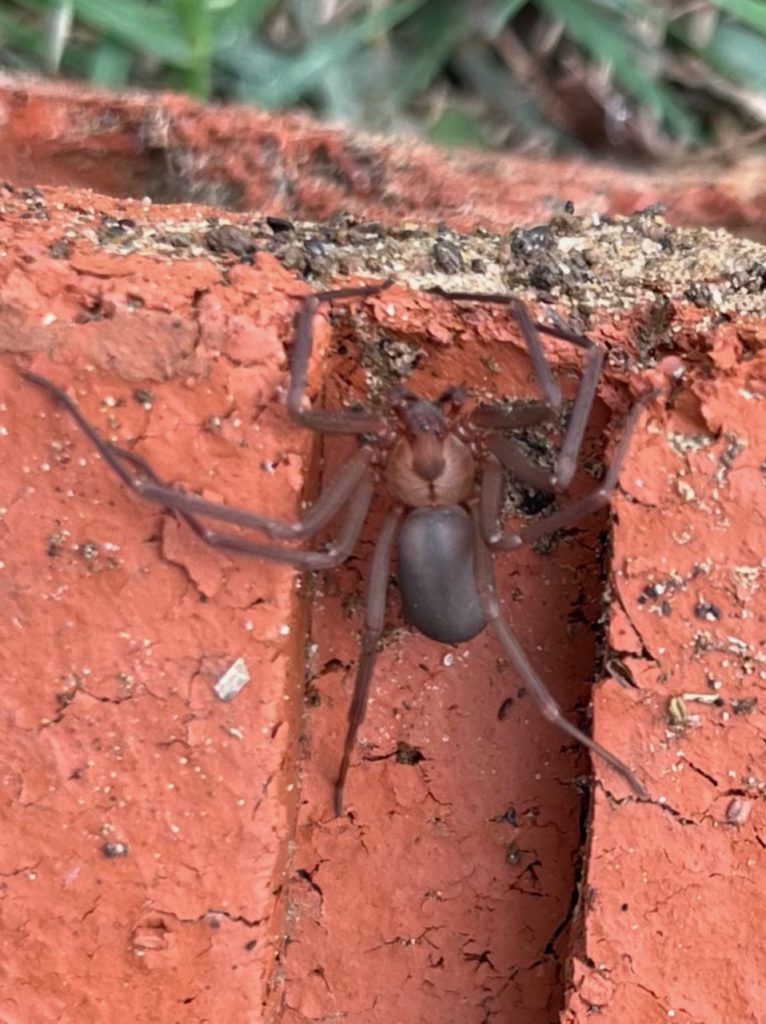
While most garden spiders are harmless and beneficial, I can’t leave out an important word of caution about certain types, especially if you’ve found brown recluse spiders in your yard or home, like I did this year.
Brown recluse spiders are one of the few spiders in the U.S. whose bite can be dangerous to humans. Unlike the garden-friendly orb-weavers or wolf spiders, brown recluse spiders aren’t something you want to accidentally come into contact with, and I’ve learned this firsthand while working on my raised garden beds.
Identifying Brown Recluse Spiders
Brown recluse spiders are typically a tan to dark brown color, with a distinctive violin-shaped marking on their back. They’re relatively small, about the size of a quarter including their legs, but don’t let their size fool you. These spiders can hide in dark, undisturbed places, which makes garden sheds, garages, and even cluttered parts of your home ideal hiding spots for them. When I found a few in my yard and home this year, I knew I needed to take action to keep my family and pets safe.
Are Brown Recluse Spiders Dangerous?
Yes, brown recluse spiders can be dangerous, but the good news is that they’re not aggressive and bites are relatively rare. They typically bite when they feel trapped, like when they’re accidentally pressed against skin. Unfortunately, the bite can cause serious reactions, including skin necrosis (a breakdown of skin tissue) in some cases. If you suspect you’ve been bitten by one, it’s important to seek medical attention right away.
After discovering a few in my yard and even inside my house, I’ve made it a priority to keep an eye out for them, especially while working in less frequently disturbed areas like around my garden beds or storage sheds.
Keeping Brown Recluse Spiders Away
If you’re dealing with brown recluse spiders, here are some steps I’ve taken to keep them at bay:
- Declutter Regularly: Brown recluse spiders love dark, undisturbed places, so keeping clutter to a minimum is key. I’ve gone through my garage and storage areas, making sure to remove piles of boxes, old tools, or anything else that could serve as a hiding spot.
- Seal Cracks and Gaps: Spiders, including brown recluse spiders, can slip through tiny cracks in doors, windows, and foundations. I spent a weekend sealing up any gaps around my house to make it harder for them to get in.
- Careful Storage of Gardening Equipment: I make sure that any gloves, shoes, or tools I leave outside are checked thoroughly before I use them. Brown recluse spiders often hide in clothing or shoes, so it’s a good habit to give things a shake before putting them on.
- Check Your Raised Beds: Since I found a few brown recluse spiders around my raised garden beds, I’ve made a habit of inspecting the areas carefully before reaching into any corners or lifting anything. Spiders love to hide under rocks, wood, and other debris, so being cautious is important.
- Use Sticky Traps: One method that’s helped me monitor for brown recluse spiders is using sticky traps around my garden beds and in areas where I suspect they might be hiding. These traps aren’t harmful to humans or pets, but they can catch spiders and other insects, giving you a better idea of what’s lurking around.
- Call a Professional: If you find an infestation or are worried about the potential danger, don’t hesitate to call a pest control professional. After finding several in my yard, I decided to have someone come out and assess the situation to make sure there weren’t more hiding where I couldn’t see.
A Final Word on Brown Recluse Spiders
Finding brown recluse spiders in my yard was definitely unsettling, especially since I was in the middle of building my raised garden beds at the time. However, with a few precautions and some changes in how I store things and care for my garden, I feel much more in control of the situation. These spiders are a good reminder that while most garden creatures are friendly, there are always a few that we need to be cautious about.
My Favorite Garden Spider Encounters
One summer, I had a particularly memorable run-in with a black and yellow Argiope that decided to build her web right between my tomato plants. At first, I was a little hesitant to reach into that part of the garden, but after a few days of watching her work, I couldn’t help but admire her skill. I even started looking forward to seeing what she’d caught in her web each morning. By the end of the season, she had cleared out most of the flies and beetles that had been bothering my plants, and I was able to enjoy a pest-free harvest. I like to think we were partners in that gardening success!
This spring, I found a wolf spider while building my raised garden beds. At first, I was taken aback by its size. It was one of the biggest spiders I’d ever seen. However, after doing a little research, I learned that wolf spiders are incredibly fast and effective hunters. That spider helped control the bugs that tend to gather around the compost, and I’ve never had an issue with pests there since.
Final Thoughts: Why You Should Appreciate Common Garden Spiders
If you’re someone who’s hesitant about sharing your garden with spiders, I hope this post has given you a new perspective. These little creatures might not be the cuddliest members of your garden ecosystem, but they’re certainly some of the most helpful. By keeping pest populations in check, garden spiders make your job easier—and they do it without any help from chemicals or traps.
Next time you see a web glistening in the morning dew, take a moment to appreciate the hard work that spider is doing on your behalf. And if you’ve got any fun spider stories or questions about your own garden, feel free to share them in the comments! I love hearing about other gardeners’ experiences, and who knows—you might just change your mind about these incredible creatures.
If you’ve had experiences with brown recluse spiders or have any questions about managing them in your garden, please feel free to share in the comments. I’d love to hear how others are handling these unwelcome guests!
I’m Kim Nelson, a writer, entrepreneur, and Master Gardener; please connect with me. Have gardening questions or want more information? Join the VeggieGardenHQ.com community to get your copy of “Grow These Three Vegetables Anywhere Year-Round” and direct access to much more gardening information I share in my weekly newsletter.

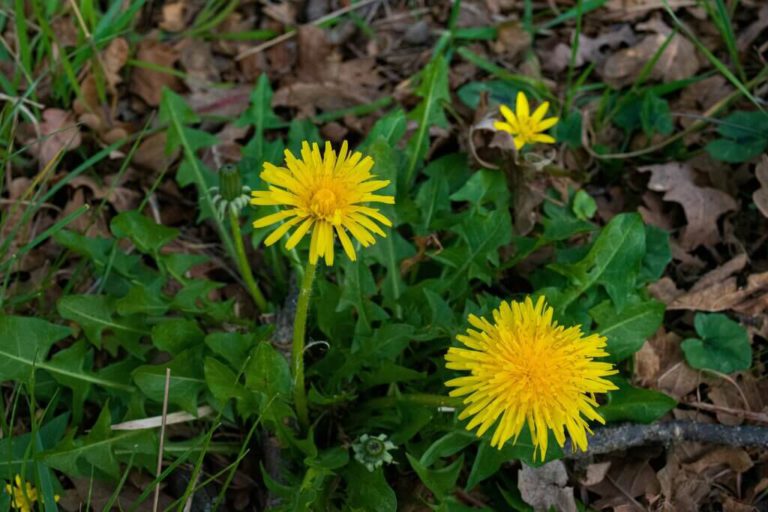
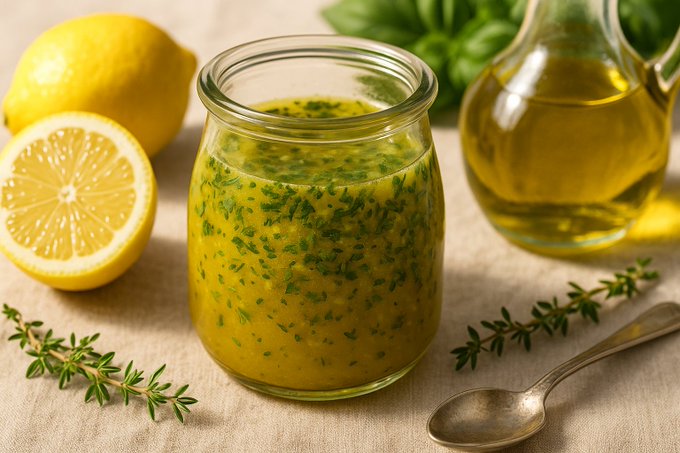
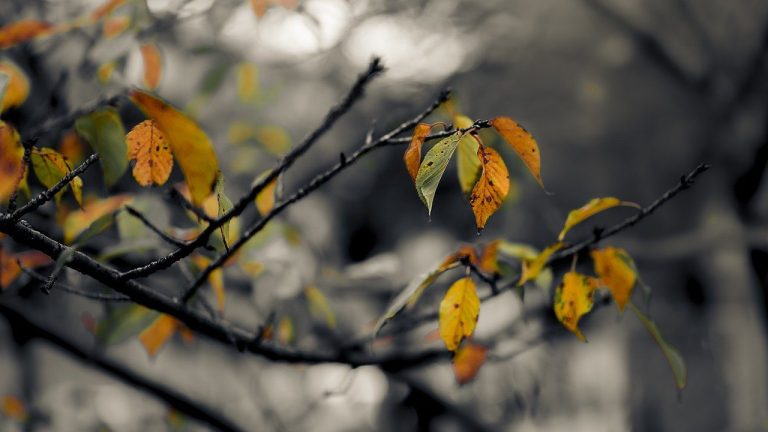

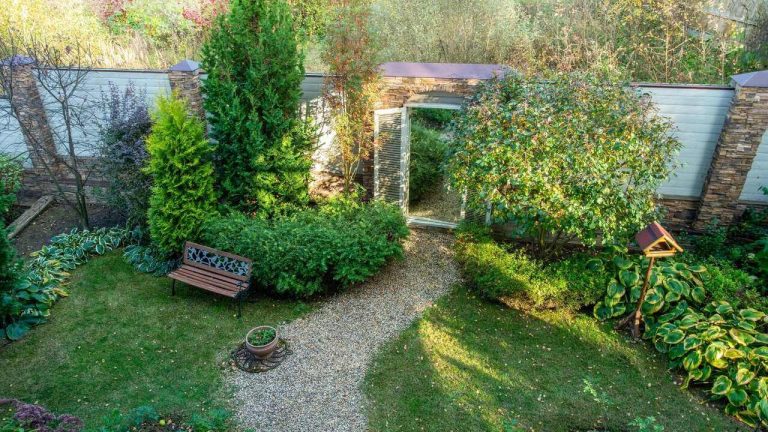
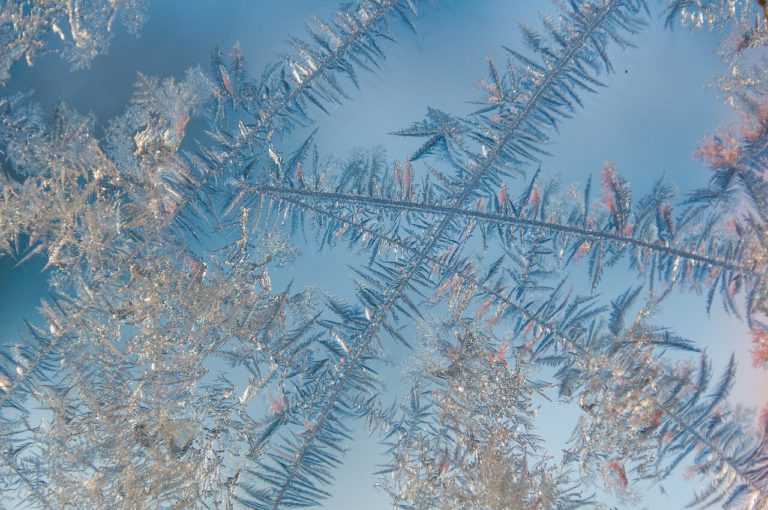
I learned more about garden spiders by reading your article than I ever knew before. Thanks for posting this.
Thank you so much! I’m really glad you found the article helpful. Garden spiders can be fascinating creatures, and it’s always great to share knowledge that helps others appreciate them more